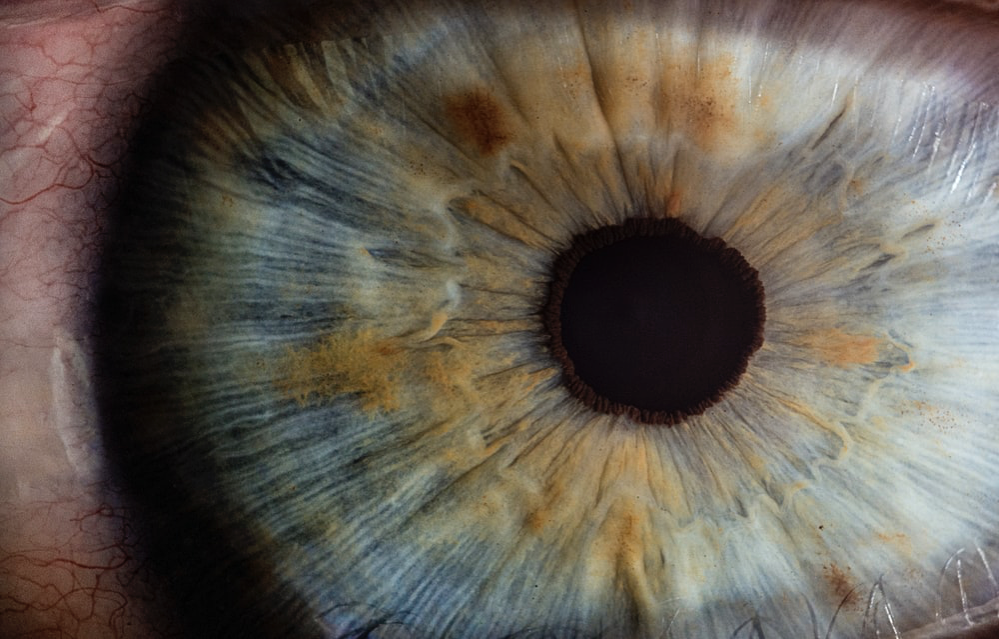What Is Age-Related Macular Degeneration?
Age-related macular degeneration or AMD occurs when the macula of your eye starts wearing down because of age. The macula is the central part of the retina, which is a light-sensing nerve tissue present at the back of our eyes, and it helps us have clearer, straighter vision.
AMD impacts close to 5% of Americans who are 65 years old and older and is the leading cause of vision loss in America. Although there is no cure, intervention from an ophthalmologist can aid in slowing down the condition in the diagnosed. The pest way to screen for and in some cases prevent degenerative eye diseases similar to ADM, such as glaucoma and cataracts, is to have eye exams on a yearly basis which will include dilation. Any change in sight is alarming and a cause to make an appointment for comprehensive testing.
AMD usually doesn’t result in blindness unless it’s the rare kind of AMD, called Wet AMD. However, it does get progressively worse and can result in severe, in some cases, cause debilitating damage. Below are some main points about AMD as well as some information on prevention, diagnosis and treatment options.
There are two types of AMD affecting adults over 65:
- Wet AMD
- Dry AMD
Between 85 and 90 percent of people with AMD have dry form, with wet AMD is rare. Dry AMD can lead to wet AMD.
Dry Macular Degeneration
Everyone’s retinas contain a yellow deposit called drusen which are largely comprised of fatty proteins, located in the macula. As we age, the deposits increase in quantity and size. Initially, they don’t cause any changes to sight, but over time, and especially with age, you might start exhibiting distorted vision and blind spots. Consequently, as we age, the drusen deposits coupled with macular thinning can make the condition worse, with the loss of vision depending on the amount of thinning of the retina. Many with dry AMD experience some difficulty reading smaller print, almost always have trouble seeing at night and may experience reduced vision quality overall. Dry AMD develops slowly and overtime.
Wet Macular Degeneration
This kind of AMD is caused when the blood vessels start leaking fluid and blood into the retina. This leakage distorts your vision, creates blind spots, forms scars and eventually leads to permanent loss of central vision. Wet AMD develops quickly and is rare.
Stargardt Disease or Juvenile Macular Degeneration
Stargardt muscular degeneration is an eye disorder that results in progressive vision loss. The condition is genetic, but onset typically occurs before late adolescence. The retina breaks down prematurely in Juvenile Macular Degeneration, and the person may exhibit symptoms like color distortion and blurry vision. Both conditions get progressively worse but early intervention and therapies can often prevent blindness.
The Signs and Symptoms
The challenge with AMD is that it’s hard to catch it – until it gets worse. That’s why regular examinations are so necessary as we age. Usually, AMD gets diagnosed when it has already affected both eyes and the person is exhibiting the following symptoms:
- Vision blurry enough to deter them from reading or driving
- Dark edges in the center of your vision
- Altered color perception
The Causes and Risk Factors for AMD
Age-related macular degeneration is one of the major causes of vision loss in people over 60. This risk increases exponentially when there’s a genetic, gender-specific, and physiological factor involved.
- Age
As the namesake suggests, age is the most significant factor that contributes to AMD. Over 2% of older adults and a third of seniors develop AMD.
- Smoking
Smokers have a four times higher risk of AMD because smoke reduces the oxygen absorption abilities of the eye.
- Heart Problems
High cholesterol levels, beta-blocker usage, a history of stroke, and a higher BMI contribute towards a higher risk of developing AMD.
If you think that you or your loved one is at a higher risk of AMD, you can still prevent the onset of the disease by quitting smoking, getting regular physical exercise, maintaining a nutritious diet of seafood and leafy greens, and managing your blood pressure, glucose and cholesterol levels.
Diagnosing AMD
Dilated Eye Exam
The earliest sign of AMD is the yellow drusen under your retina clumping together. This can be diagnosed by a painless but comprehensive dilated eye exam. A regular visit to the ophthalmologist might pre-emptively catch AMD before it gets worse.
Amsler Grid Test
Another way to diagnose AMD is by the Amsler Grid Test, a pattern of straight lines that look like a checkerboard. The doctor might ask you to look at those lines, and if they seem irregular or distorted, it might be a sign of AMD.
Angiography or OCT
The Angiography or OCT as a diagnosis for AMD only happens when the doctor has conducted the physical exam on your eye and suspects macular degeneration.
In an angiography, your doctor will insert a dye into your veins and take pictures of the leakage of the blood vessels in your retina, which will be more apparent due to the color of the dye. On the other hand, an OCT will be able to see the fluid underneath your retina without using a dye.
Treatment can start once the diagnosis has been confirmed by physical exam and diagnostic tests
Treatments for AMD
Some studies have shown that Vitamin C and E, zeaxanthin, zinc and copper can help prevent AMD; unfortunately, there is no cure. However, some treatments slow down the degeneration:
- Anti-angiogenesis drugs which block the fluid leakage into your retina, in case of wet AMD
- Laser therapy destroys excess or abnormal blood vessels in your eye
- Photodynamic laser therapy, where a light-sensitive drug is injected into your bloodstream, and a laser is used to trigger the medicine into damaging the abnormal blood vessels
- Visual aids that create larger images of nearby objects help cope the older adults or seniors with the vision loss
There are also surgical treatments such as retinal translocation for AMD.
At Private Home Care, we offer hourly and live-in services with caregivers familiar with AMD and other vision conditions. We also understand the importance of consistency with following vision medication routines.



